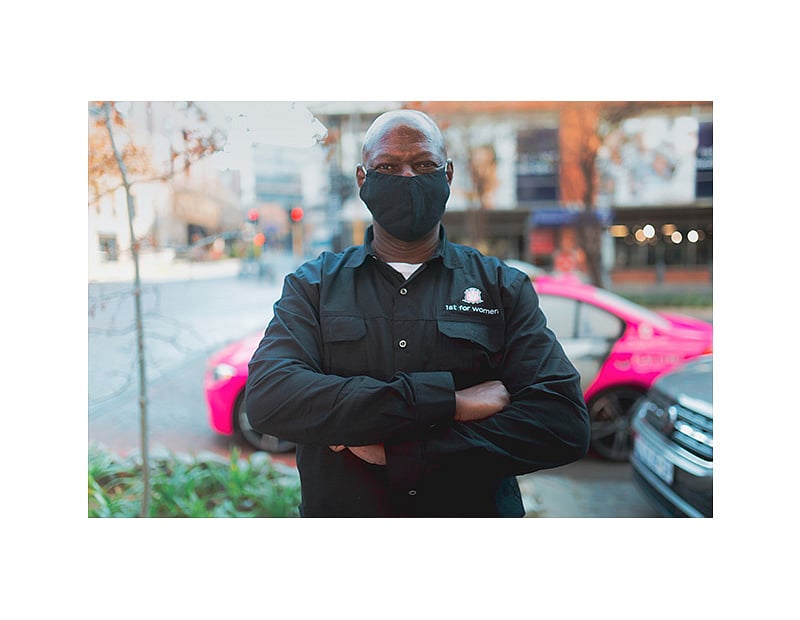
Claiming from your life insurance: a guide specifically designed for your family
Insurance
September 7, 2021By First For Women
We know you always like to be prepared. That’s why you’ve got insurance policies, you always pay your premiums and you know what to do when you claim. But what about your family? Are they prepared? As the beneficiaries of your policies, they need to know how to claim if you pass away or are unable to claim yourself.
With so many beneficiaries unaware of the claims process, there are billions of Rands in unclaimed benefits in South Africa from numerous policies, including life insurance. That’s why it’s so crucial that they know what to do – to reduce the financial and emotional burden of not receiving a pay-out.
So, to make it easy for you, and them, we’ve put together a step-by-step guide on how to claim. Here goes:
- First things first – tell your family and beneficiaries what policies you have and what each one covers
Too often families are left with the admin nightmare of sorting through paperwork, emails and folders in order to claim or finalise their loved one’s estates. So, to relieve that unnecessary pressure, tell them about all the policies you have, such as:
- Life cover
- Funeral insurance
- Disability insurance
- Dread disease cover
- Group benefits with employer
- Pension funds and retirement annuities
- Investments
- Medical cover
Ensure they know what each policy covers (e.g. death or a critical illness) so that they know when to claim and from which policy.
Usually families only need to claim on a Life or funeral policy. But there are other instances that may require them to claim e.g. if you are critically ill or unconscious and can’t make a claim yourself on a disability or dread disease policy.
VERY IMPORTANT: Ensure that your family is fully aware of any exclusions or waiting periods on your policy, which you can find on your policy schedule.
- Ensure your family, beneficiaries, advisor or attorney know where you keep your policies
Whether they’re saved in hard copy, in the cloud, or anywhere else, ensure that all relevant parties know exactly where they are and if you change where you keep these, let them know. If documents are saved digitally, ensure that they have access rights to these files.
Helpful tip: Complete a claims instruction sheet for each policy
Think of this as a cheat sheet for each policy that includes the policy number, contact details for the relevant claims department and other important details.
- Take them through the claims process
Firstly, to help save time, ensure the right person lodges the claims. Here’s a list of who should claim on which policy:
- Life policy: The beneficiaries named in the policy
- Funeral policy: The beneficiary named if the principal member passes on, or the principal member if an additional member passes away
- Disability and Dread disease policies: The life assured or a family member if the life assured is unable to
While our Claims Team will be there to assist your family with anything they need, it’s a good idea to prepare some of the documents and details e.g. the policy number and original or certified copies of your ID. If the claim is due to be paid to a beneficiary, we’ll also need their bank account and ID number.
Some documents requested will depend on the specific claim e.g. doctors’ and specialists’ reports. All your family needs to do is get in touch with us to find out what’s required. With that said, we try to keep the paperwork to a minimum and pay claims as quickly as we can – to alleviate administrative and financial stress.
- Let your family know why you took out the policy and how you’d like the money from a claim to be spent
This is a very personal decision. You may take a life policy so that your bond will be paid off or your children’s education will be covered. You may also decide that you want the pay-out to be invested for an income.
Knowing that funeral costs may be expensive, it’s also a good idea to specify how you’d like them to use your funeral policy pay-out to avoid overspending.
- Update your family on any policy changes
As time goes on, you may decide to increase your cover, add or remove a beneficiary or take out an additional benefit such as disability cover. Keep your family and beneficiaries updated so they know who can claim, and under what circumstances.
- Schedule an annual check-in
Go through the checklist above with your beneficiaries and family once a year to refresh everyone’s memory. This will give you peace of mind that should anything happen to you, everyone knows what to do.











